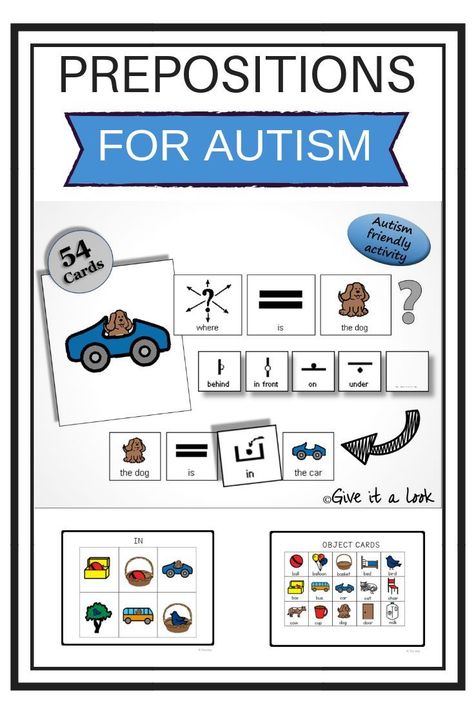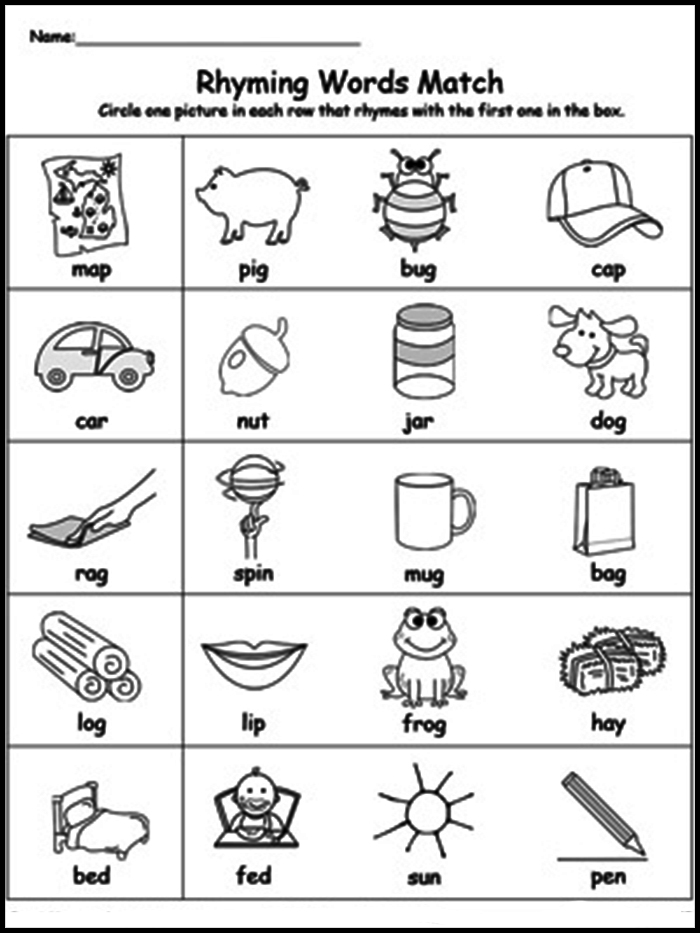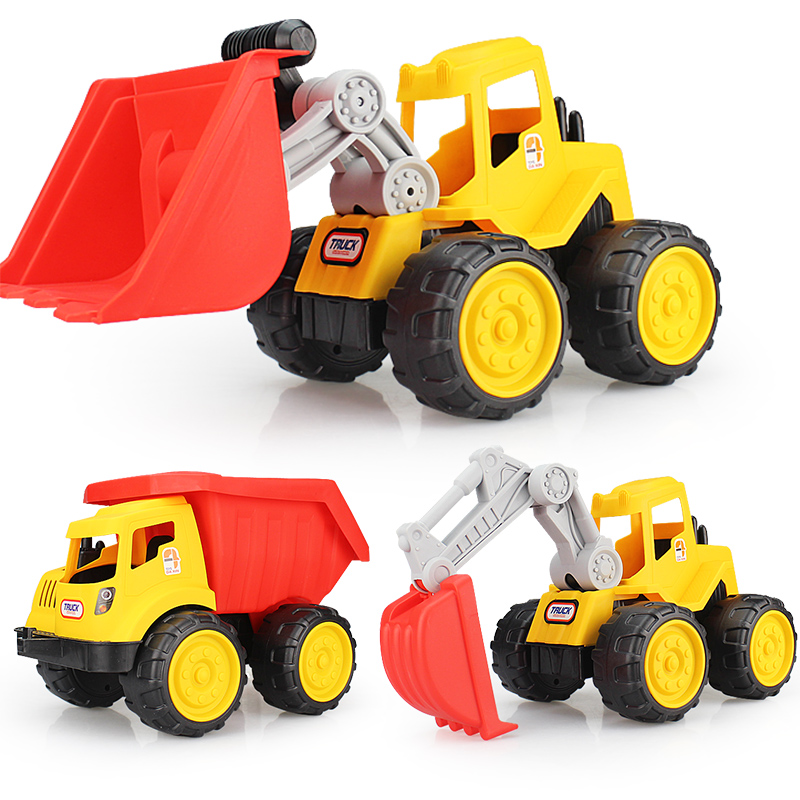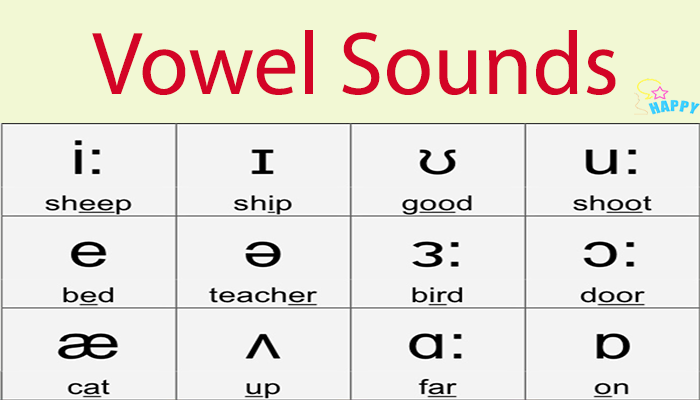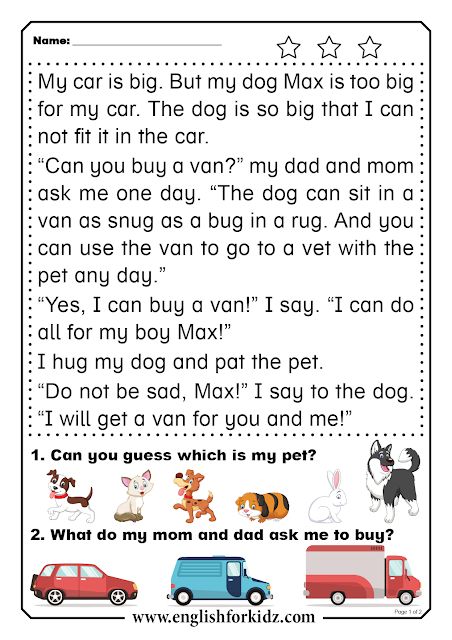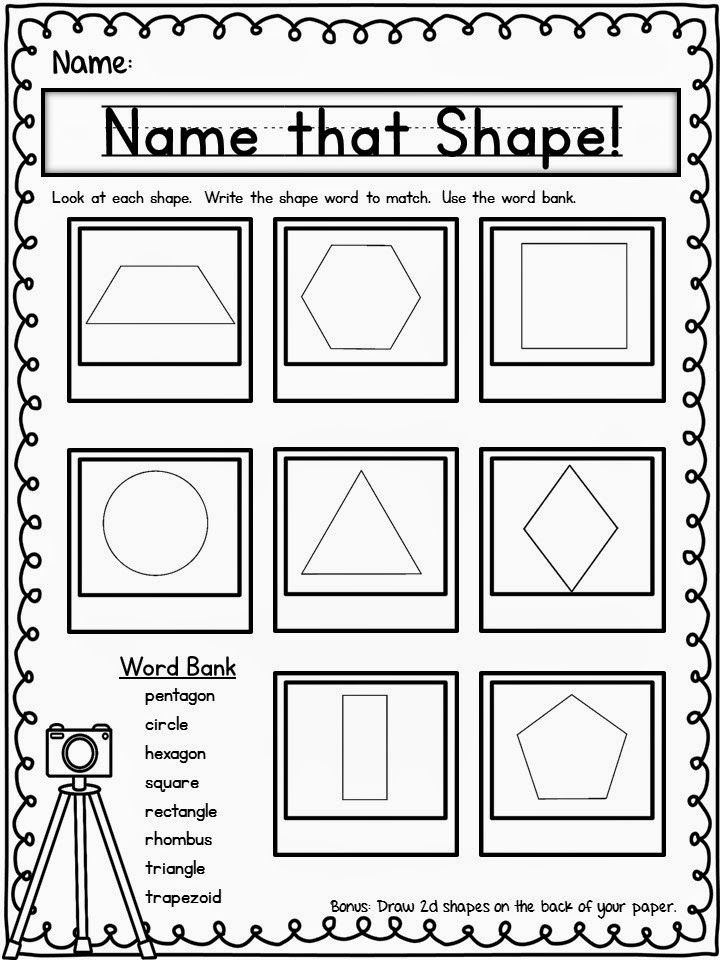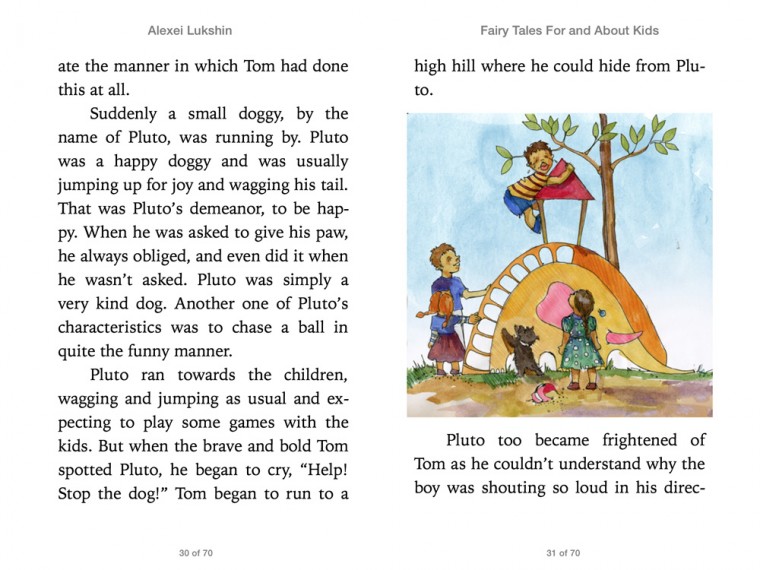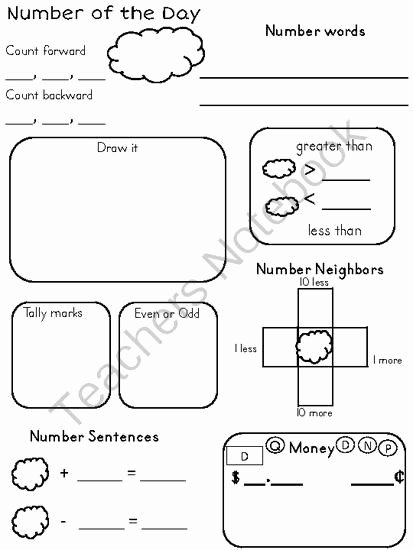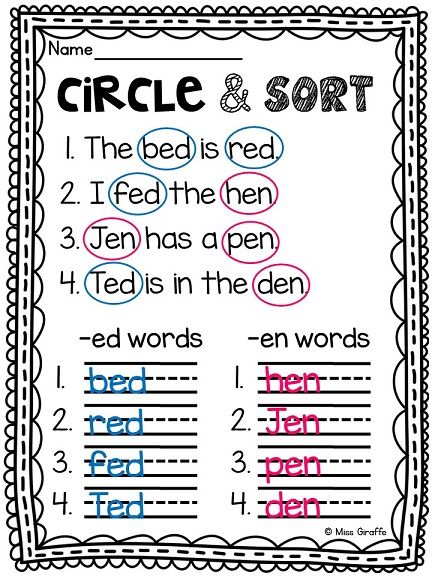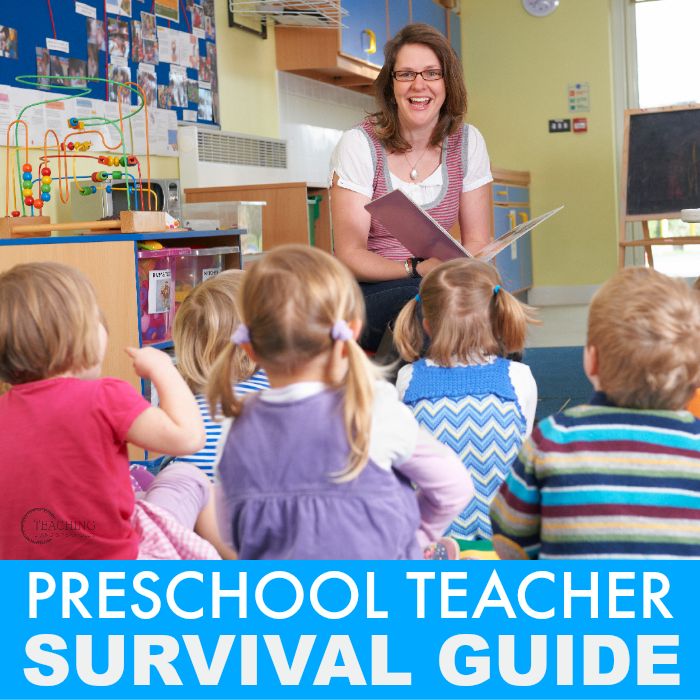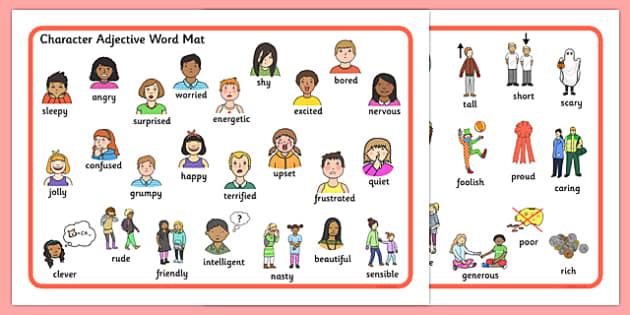Prepositions for preschoolers
A Helpful Guide, Plus Fun Activities
If you’re like most parents, then you’re probably very busy with an endless to-do list. This can make it challenging to help your child with prepositions for kids.
Before you start worrying about your child’s language and vocabulary development, fear not! We are here to help.
Our HOMER experts know a thing or two about helping children understand the parts of speech, and today, we’ll be focusing on prepositions. To be specific, we’ve compiled a detailed guide for you.
Without further ado, let’s get started.
What Are Prepositions?
Prepositions as the linking words in a sentence that help express relationships between other words in that sentence.
Under and inside are prepositions we commonly use in the English language to describe where something is. Besides indicating position, prepositions also help describe when something is happening (
before and after, for instance).
In a sentence, prepositions are meant to be followed by a noun, pronoun, or noun phrase (e.g., the door, an apple, etc.) that acts as an object. For instance: “Put the apple on… ” is not a full idea because the preposition “on” needs an object after it (“Put the apple on the table.”).
We’ve mentioned that most prepositions express time and location. So, let’s have a closer look at that.
Prepositions For Time
Some of the most common prepositions for time are at, on, by, and after.
For example:
- Our class will start at 4 pm.
- We are going to the park on Friday.
- I’ll be home by midday.
- We’ll drive home after the game.
Prepositions For Location
A few prepositions you might regularly use to indicate location are under, on, in, and above.
For example:
- Place your book under the table.

- The dog is sitting on a chair.
- Your crayons are in your bag.
- The plane flies above the clouds.
Sometimes, it can be challenging for children to grasp the concept of prepositions entirely, but with practice and some of the below tips, your child will soon get there!
Before you can incorporate our tips for helping your child with prepositions for kids, they must be at the right age to start learning this concept.
When Do Children Learn About Prepositions?
Babies pick up a lot of their language from their parents, siblings, and caretakers. By 24 months, toddlers commonly use the prepositions “on” and “in.”
In early grades, prepositions are formally introduced. Typically, this would be after third or fourth grade. This is because, unlike verbs or nouns, prepositions are not as easy to understand.
From one of the examples above, we described how “on” can have different meanings. There are also the prepositions “to,” “for,” and “of,” which have various functions in sentences.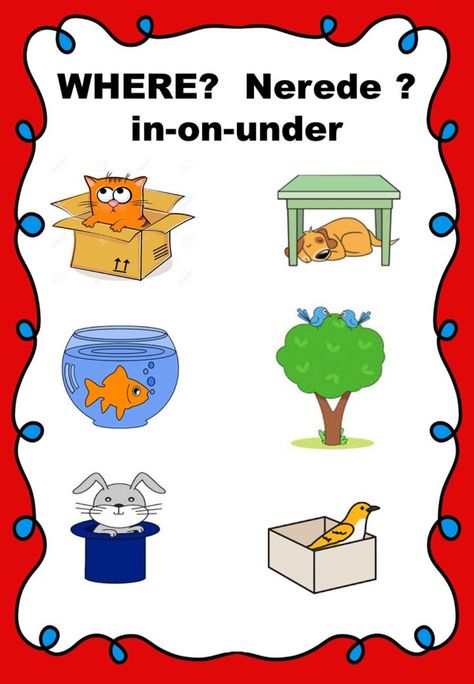 All of this can be challenging for our young learners.
All of this can be challenging for our young learners.
During toddlerhood and early childhood, teaching prepositions for kids is about exposure more than anything. One of the best ways to help children understand prepositions is by encouraging them to carry out instructions that have prepositions in them.
For example, you might say, “Please put this book on the table.” Simple instructions like this are often effective in helping familiarize children with prepositions.
Importance Of Prepositions For Kids
Why are prepositions so important for kids to understand? Why put so much time and effort into helping your child grasp these simple words? Let’s take a look.
Better Communication
One of the biggest benefits of helping your kid know prepositions is that it will help them communicate better.
As already explained, prepositions can be tricky to understand. While these words may be few and pretty short, using them correctly can make a big difference in communication.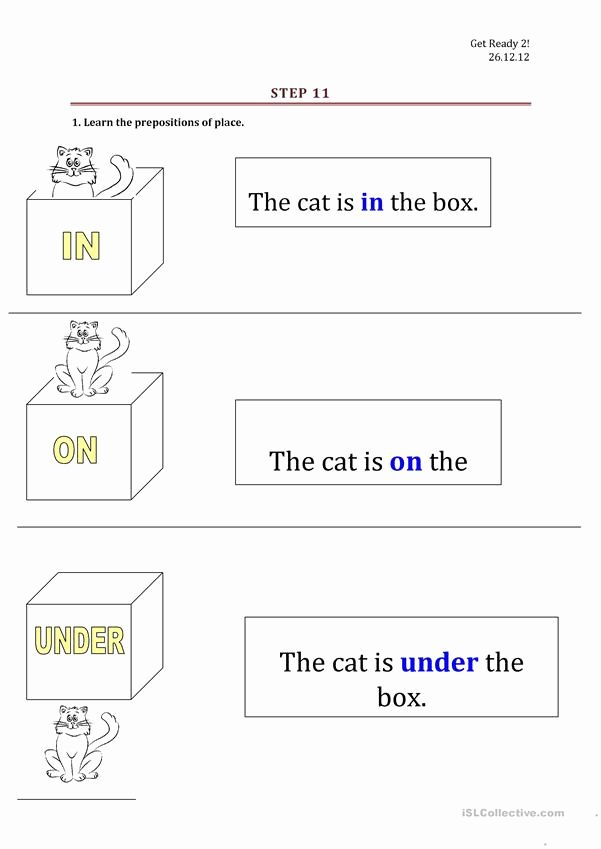
Helping your child with prepositions from a young age can enable them to grasp the concept early, practice them often, and know how to use them correctly as they begin constructing sentences.
Improved Ability To Follow Directions
When your child understands prepositions, it will be easier for them to carry out instructions independently. For example, “Please place your crayons in the box” will not be mistaken for “Please place your crayons behind the box.”
Whether it’s in, on, behind, against, or beneath, your child will be clear on what they need to do and confidently do so.
How To Teach Prepositions For Kids
1) Read About It
Sometimes the best place to start with teaching children prepositions (or anything else) is through books. If your child is like most kids, then they already love listening to you read stories to them, so this is an easy one!
There are tons of books online that you can read to help introduce your child to prepositions and how they work. The following are a few great books for kids aged 2-6 years old:
The following are a few great books for kids aged 2-6 years old:
- Where’s Spot?
- Rosie’s Walk
- Up, Down, and Around
- The Berenstain Bears Inside Outside Upside Down
- Hide-and-Seek: A First Book of Position Words
2) Choose The Missing Word
Once your child has a basic understanding of prepositions, it’s time to test their knowledge (but in a fun and easy way!).
Start by writing a simple sentence and leaving out the preposition. Read the sentence to them and give them a few options to see which word works best in the blank spot.
For example, you can write down, “I have dance lessons _ Tuesday,” and then give your child three possible options (in, on, under).
It can be great practice to help your child consider each option before deciding on one. Ask them, “Can I have dance lessons in Tuesday?” or “Can I have dance lessons under Tuesday?”
This questioning and taking the time to think about every option can help your child understand why “on” is the correct answer. It can also make the game silly and fun (“We can’t sit under the floor!”)
It can also make the game silly and fun (“We can’t sit under the floor!”)
3) Fix The Strange Sentence
This fun activity works similarly to the previous one, except this time, you’ll write and read a sentence with an incorrect preposition, and then ask them to fix it.
Using the example above (“I have dance lessons in Tuesday”), what sounds funny about this sentence? In this example, your child will need to recognize that “in” is the problem and suggest what word should be used instead.
4) Expand A Sentence
Earlier, we mentioned that prepositions are the linking words that express position, time, and other functions in sentences.
A great way to help your child understand this is by helping them use prepositions with simple sentences.
To get started, you can say an incomplete sentence, and then encourage your child to complete it. For example, you can begin with, “There is some juice…” Your child will then complete this with “…in the fridge.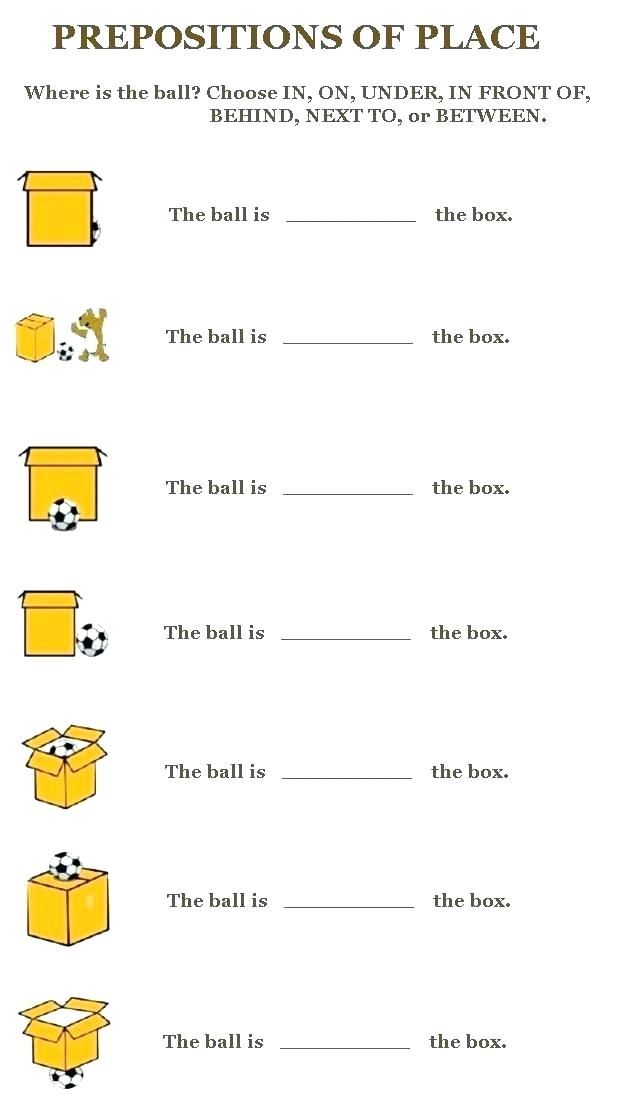 ”
”
If they are still new to prepositions, kids will probably make a few mistakes. That’s OK! This is the perfect opportunity to help them learn and grow their vocabulary!
5) Musical Chairs With A Twist
Everyone enjoys playing musical chairs, so we thought it would be a great way to help kids learn about prepositions — with a bit of a twist, of course! All you need for this activity is some fun music, a chair, and an energetic child.
To begin, play the music and allow your child to walk clockwise around the chair (just like the traditional musical chairs).
The major difference is when you stop the music suddenly, your child will need to act out what you say. For example, sit behind the chair, under it, beside it, etc. You can even add to the fun with other instructions, like tapping on the chair or waving to the chair.
6) Sing-Along
You’ve probably heard your child singing along to their favorite songs before (they might even request them on the drive home).
If your child loves singing, why not use this to help them understand prepositions? All you need is a catchy tune (think of a song your child will already be familiar with, like “Row, Row, Row Your Boat”) and some instructions to go along with the song.
With a silly song, simple sentences, like, “Sit on the couch,” “Sit behind the couch,” etc., become much more fun and exciting for your child to engage with while learning.
7) Place The Toy…
Sometimes the best way to help your child understand prepositions is by physically placing a toy in different places.
To help your child get excited about this activity, use their favorite teddy bear or toy and then give them instructions on where to place it. For example, you might say, “Place your toy on/under/behind the bed.”
We love this game because it focuses on the movement of one object and may make it easier for children to grasp what the words on, under, and behind actually mean.
Even better, you can turn this into a fun game by seeing how quickly your child can move their toy around to different spots in the house!
Fun With Prepositions For Kids
From our list above, we hope you’re clear on one thing: There are many ways to introduce prepositions for kids while making sure that they see them in a fun and engaging way.
Whether you choose to use some or all of the above-mentioned tips, remember to exercise patience with your child as they try to wrap their heads around prepositions and the rules that come with them.
With plenty of exposure during your daily life, you’ll soon find your child mastering these often complicated concepts.
Check out HOMER’s Learn & Grow app for more on how to help children thrive through their early years!
Author
Bears on a Ladder - Preschool Prepositions
Days With Grey / Literacy / Bears on a Ladder – Preschool Prepositions
Author: Beth
Up, down, over, under, inside, outside are all preschool prepositions.
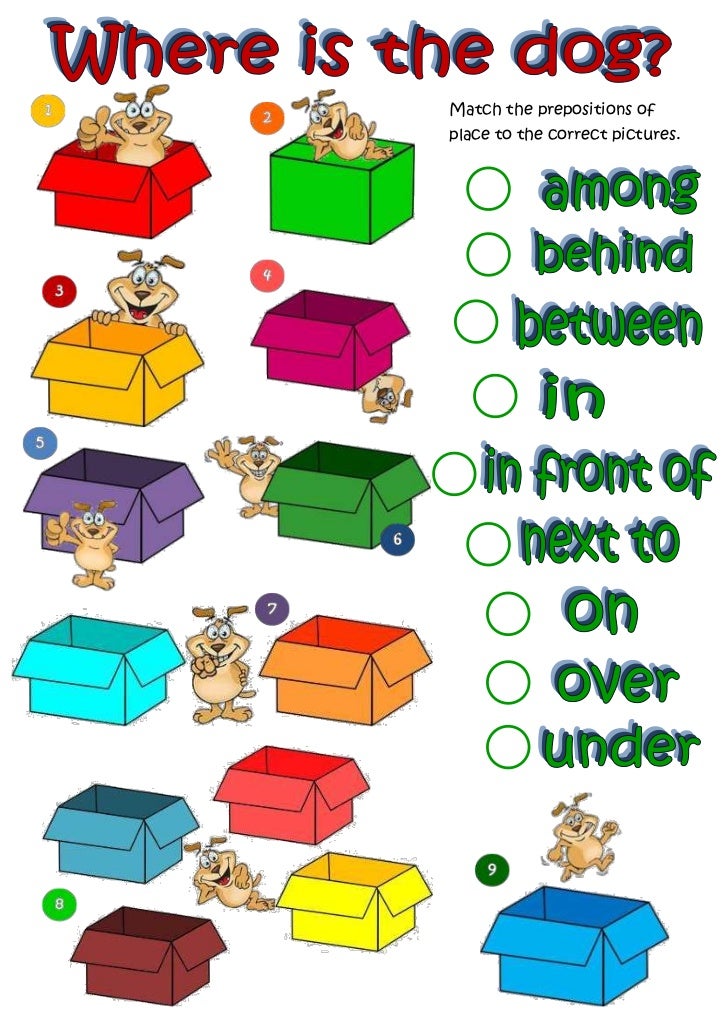
Preschool prepositions are important terms to help expand your child’s vocabulary and thinking.
And you know, these counting bears are LIFE. This hands-on literacy activity is the perfect way to get your child thinking and learning by doing! – the winning combination.
RELATED: Simple activities like this are found on our activity cards!
Positional words are words to show placement and direction.
Use positional words throughout the day:
- During daily conversations – Let’s go inside the tub now to take a bath.
- In one-step directions – Put the bear ON the ladder.
- Giving two-step directions – Put the bear ON the ladder and then move him UP the ladder.
You also know that we a huge fan of these counting bears. You have seen them in Bear Soup, Bring Home the Bears, and lots more here!
Simply put, these counting bears are the bomb. They are a helpful manipulative for preschool learning.
*The counting bears we use have a suggested age of 3+. Please read the box and make your own decision about using the counting bears before playing. If you are not yet comfortable, you will find many more activities for toddlers here.
RELATED: Curious about the ABC’s? Here is what you need to know about letter recognition.
Preschool Prepositions are Fun!
This preschool activity took minutes to set up and allowed two of my sons to expand their imagination.
Basically, as I stood near my two-year-old, he moved the bears up and down the ladder and onto the tree. As he grasps each bear, he is also strengthening his fine motor muscles preparing for pencil grip.
As your children play, reinforce with these conversation starters:
Oh, I see! Your red bear is going UP the tree!
Does the blue bear want to come DOWN the ladder and join his friends?
How can the yellow bear get ON TOP of the tree?
RELATED: Keeping the right supplies on hand is key.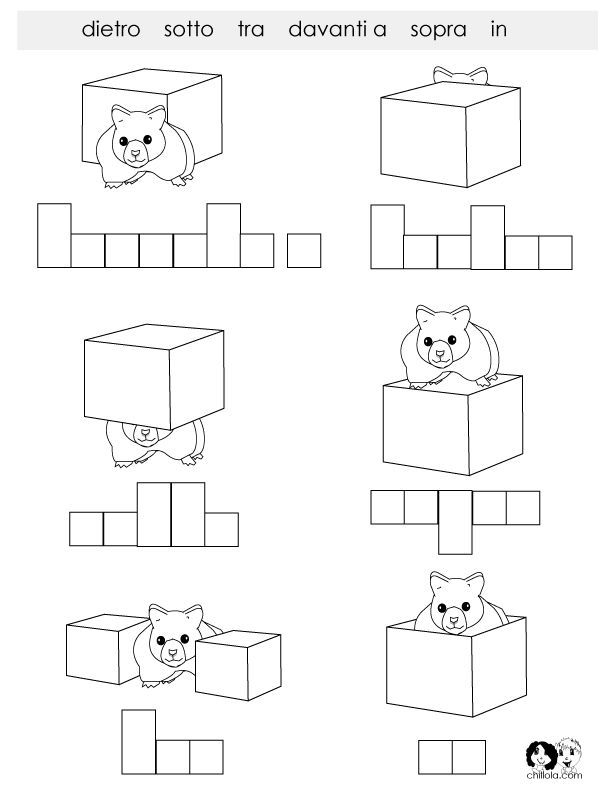 Our supply list has everything you need to get started.
Our supply list has everything you need to get started.
Before I knew it, my four-year-old had joined, and I watched him creating color patterns up the ladder.
You know what?
I didn’t suggest making a pattern. This was something my four-year-old decided to do on his own since we’ve taken the time to plant the seeds with our weekday Breakfast Invitations.
Essentially, my four-year-old took what he has been introduced to and applied it to his independent play.
RELATED: More about the play is explained in our startup guide HERE.
Independent play can sometimes use a little prompt like this to get started!
Eventually, the bears were on top of the tree having a party, and imaginary play was in full force! – It reminded me of Go, Dog, Go!
Days with Grey is a participant in the Amazon Services LLC Associates Program, an affiliate advertising program. As an Amazon Associate, I earn from qualifying purchases.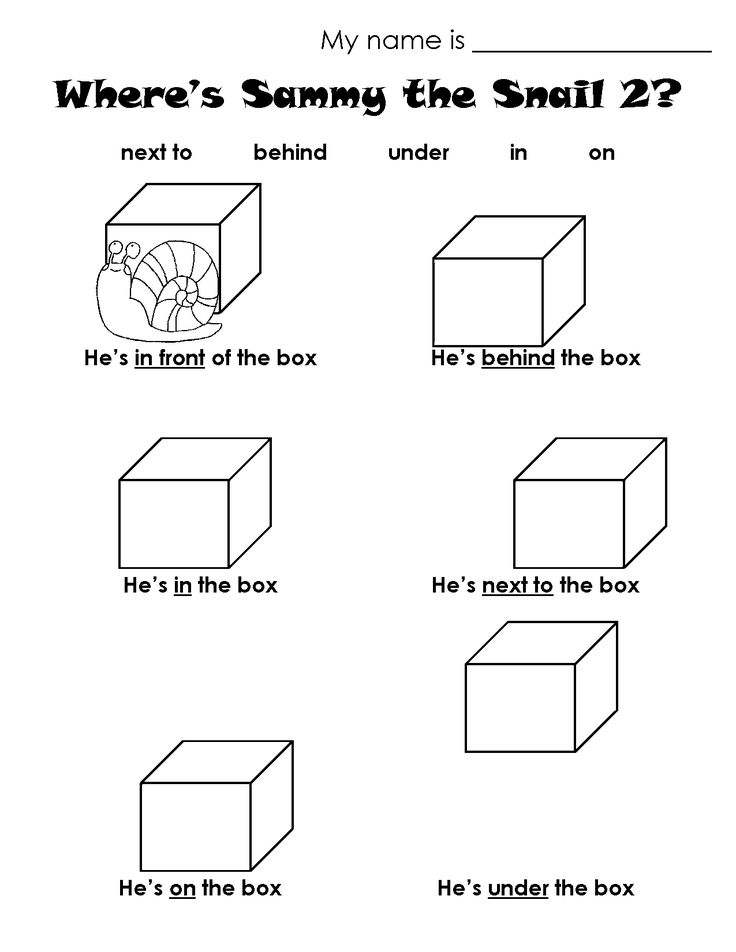 Read more about these links in my disclosure policy.
Read more about these links in my disclosure policy.
A lot like the other toddler toys we suggest, this material list will have endless amounts of learning through play.
Let’s get set up!
First, tape down your white paper roll. Add a tree with two ladders and place the counting bears to the left of the drawing.
Invite your preschoolers to come to play!
- White paper roll – this is the one we use!
- Counting bears
This prepositional play game is quick and easy.
RELATED: Looking for more literacy supplies? These are our favorites supplies to boost alphabet recognition.
Game "Prepositions" for preschoolers. The first acquaintance with prepositions - Mishutkin school
Hello, friends! Today I have prepared an educational game for our kids that will introduce your child to prepositions, their meaning and teach them how to use them correctly in speech.
When a child is small, his speech touches, the inability to build speech structures and the not fully understood meaning of the word makes him laugh.
We retell to relatives, other mothers-friends these touching expressions and sayings.
But with age, the child uses the word more confidently, manages to understand its meaning, uses it in the right form and for its intended purpose.
Prepositions play an important role in the correct construction of an utterance. They help to observe the change in the form of the word.
The combination of a preposition and a word gives an understanding of the ongoing process, guidelines for precise use when constructing a phrase.
We adults don't think about what preposition to use in this or that phrase. We already clearly know the meaning of each of them.
The child doesn't know yet. Therefore, it turns out: “Let's go to the dacha”, “Flies fly under the flowers”, etc.
This game will introduce the child to prepositions that are often used and their meaning. Start with this. There are only 5 of them in the game: with, at, from, for, over.
It is better to start acquaintance with the meaning of prepositions with the help of toys.
The preposition U is responsible for finding one object next to another object. Invite your child to put the car near the cube or house.
Now ask him to park the car behind the house. Here the child understood the meaning of the preposition FOR, which is responsible for finding an object behind another.
Take a bunny and put it on a cube. Ask the kid to show how the bunny jumps from the cube. This downward movement of the toy reinforces the understanding of the meaning of the preposition C.
Take the airplane and ask the child to show how it flies over the cube or house. So we got acquainted with the meaning of the preposition OVER, when an object is at the top of another object.
Well, there is one more preposition FROM, which is responsible for extracting the movements of an object from something. Put the bunny in a box and ask him to take him out of it.
When you or a child perform actions with objects, ask the child to voice the actions, to explain what he is doing.
So, while manipulating objects, talking about his actions, the child realizes and begins to distinguish the meaning of this or that preposition.
Well, now about the game. There is a game set in front of you. It has eight sheets:
Sheet 1 - schemes of prepositions. They clearly show the action corresponding to the use of a particular preposition and a schematic representation of this action. This sheet is useful for teaching and systematizing the knowledge of the child.
Sheets 2-6 are lotto cards, a playing field for filling it with small cards.
Sheets 7-8 are small cards themselves, which must be cut before playing.
How to play?
The material of the game makes it possible to diversify it with various options. You will be able to invent your own games based on the options already available. Your imagination will tell you a lot.
What ideas are offered in the game?
- Pick a card.
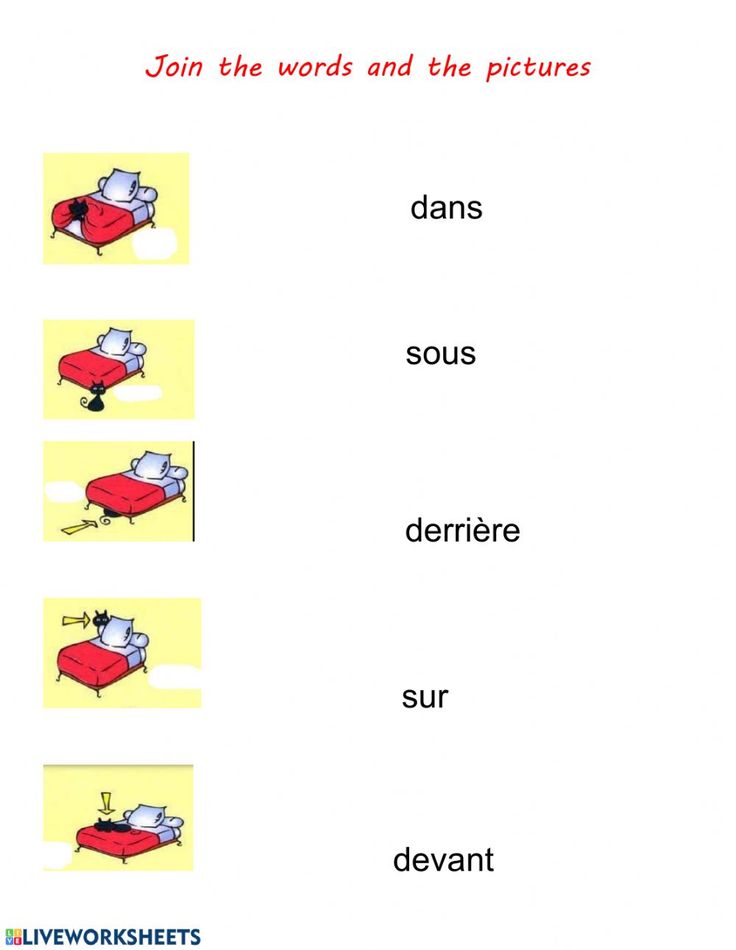
Place the bingo card in front of the child. Look at the pictures on the small cards with him. Invite the child to find those cards that fit the diagrams shown on the playing field. As the appropriate cards are selected, the child fills in all the empty cells. Help the child if he made a mistake. Check with him the contents of the small card and point out that it does not correspond to the scheme that he filled out.
- “Answer!”
Loto cards in front of the players. The leader has small cards. Showing the card to the players, the facilitator asks a question in such a form that the answer could imply the presence of the necessary preposition in it. For example, “What is the chicken standing at?”, “Where does the apple fall from?” Achieve a complete answer to the question: "A chicken is standing by a puddle", "An apple falls from a branch." If the answer is correct, then the player takes the card and closes the corresponding field with it.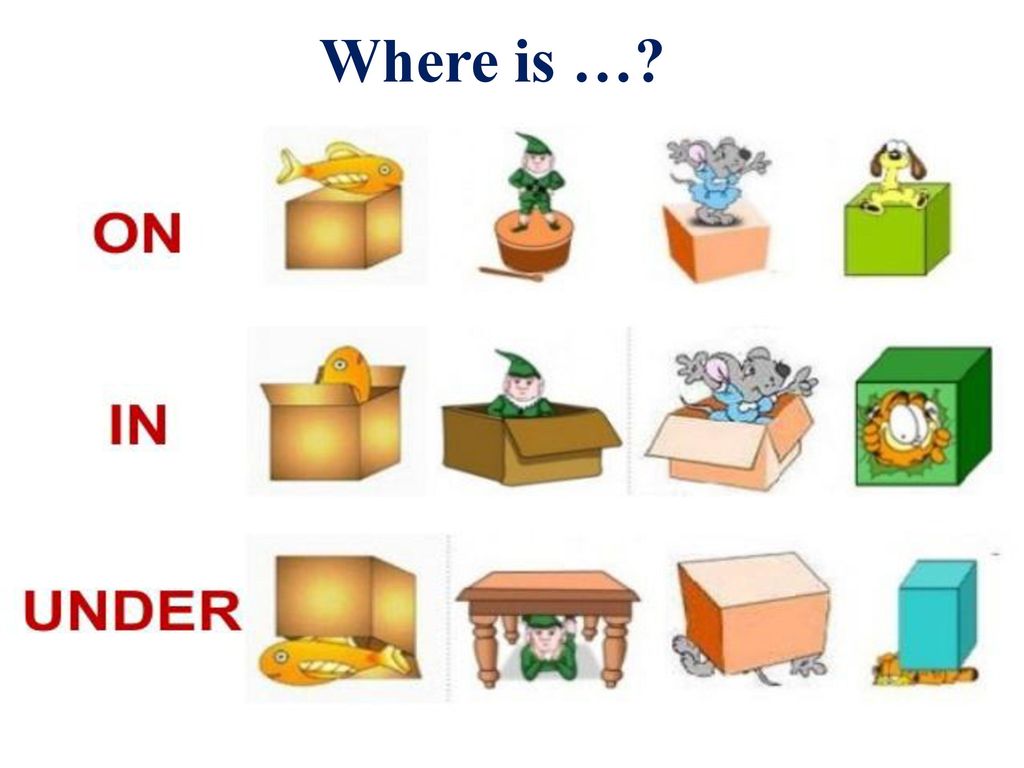 The winner is evaluated not only by the filled fields, but by the exact answers.
The winner is evaluated not only by the filled fields, but by the exact answers.
- Extra Four
Playing material is only small cards. An adult creates several groups of cards. They can be prepared in advance, before the game. One group includes three cards with one preposition, and the fourth with another. Lay out the cards of one group in front of the child. Invite him to find the extra one and explain his choice.
- Match to chart
An adult places three small cards in front of the child with different prepositions. And he suggests choosing a suitable card for the scheme.
- “Who is the fastest?”
The number of participants in the game is 2-3 people. They each have one big card. All small cards are in front of the players. The task is to select all the cards in accordance with your scheme. On a signal, the children begin to fill the cells of the playing field with small cards.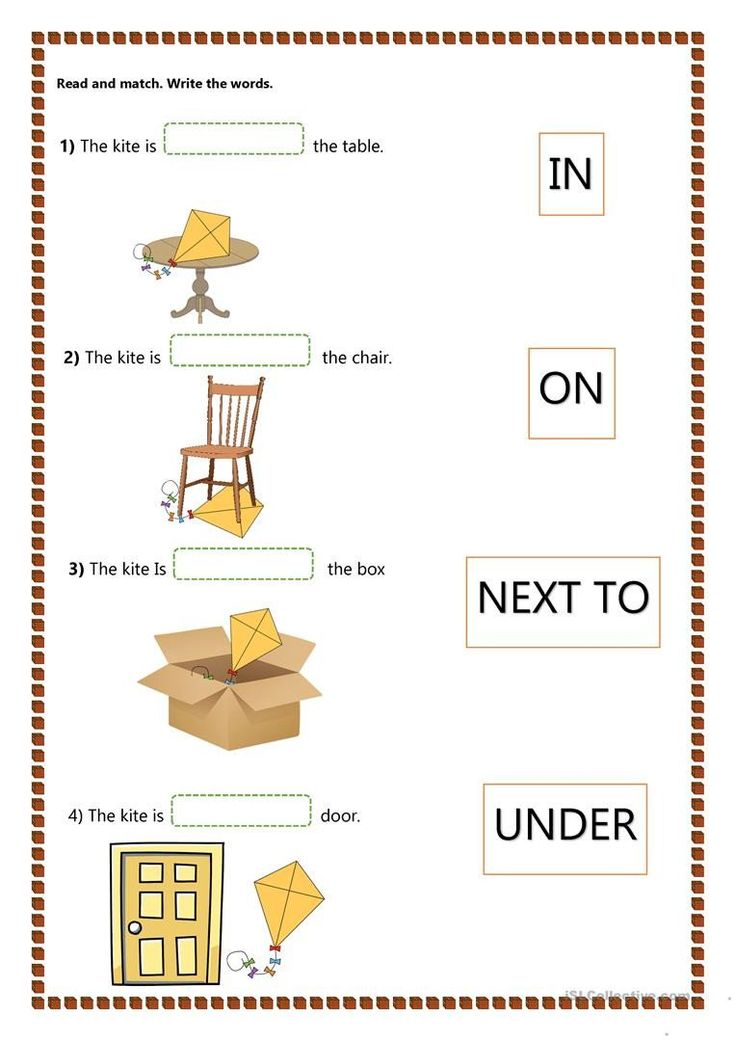 Whoever completes the task the fastest wins.
Whoever completes the task the fastest wins.
- “Describe!”
a) Select cards with one preposition. Have your child describe the actions in the picture. Do not forget that the child must make a complete sentence using a preposition.
b) Same task. Only use cards with any prepositions to describe the pictures.
Download game HERE .
There are many more ways to play. Fantasy is on your side.
The main thing is that children should be interested, not bored, joyful.
Good luck with your study of prepositions!
Work on the correct use of prepositions in preschoolers with OHP
This article discusses the issue of forming the correct use of prepositions in preschoolers with OHP. It also presents an author's manual intended for use during individual work with children in order to form the correct use of prepositions, the ability to correctly change words and build sentences.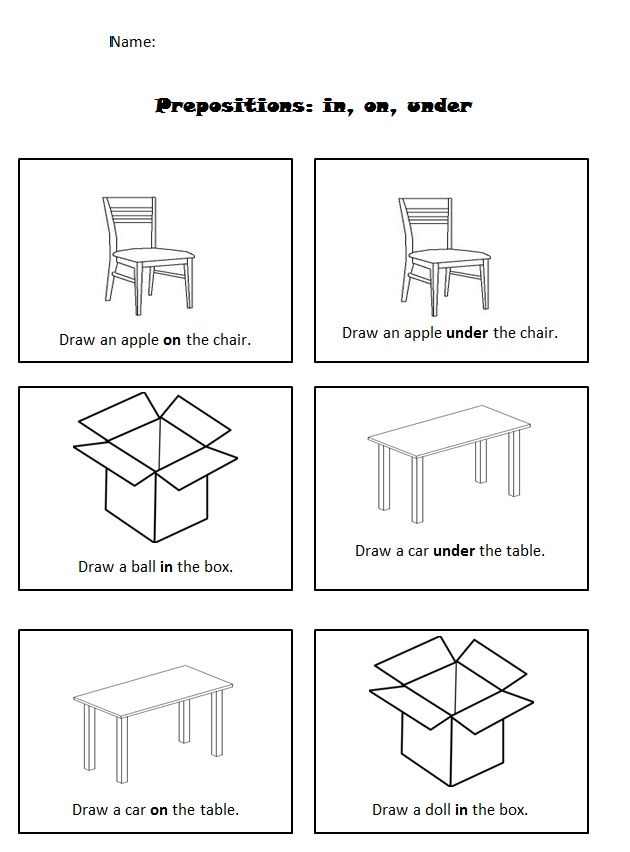
The majority of preschool children with general underdevelopment of speech have difficulty forming spatial representations. Children are poorly oriented in the scheme of their own body, they make mistakes in determining the right and left sides of an object, in understanding and using grammatical constructions denoting spatial relationships, that is, in using prepositions with case forms. Prepositions help to achieve the compatibility of words in a sentence and build a coherent statement. Children with OHP often skip a preposition or perceive it as part of a word.
The following violations occur in the use of prepositional-case constructions:
1. Omission or replacement of prepositions.
Preschoolers with OHP skip the prepositions in, from, over, about, in front of, behind, between, through. Children mix in speech the prepositions on and over, under and on, on and in, as they have difficulty understanding their grammatical meaning. In the speech of children, there are almost always no complex prepositions because of, from under.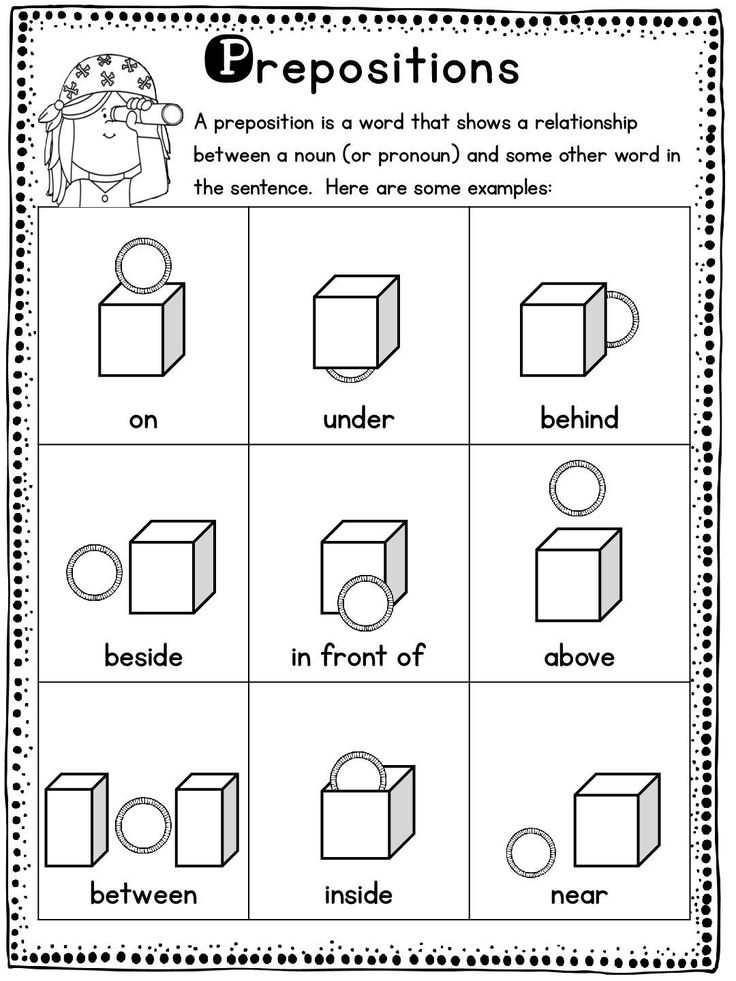
2. Replacing one prepositional case construction with another (The plane flies under the forest.)
3. Incorrect use of the case ending of the noun (The ball lies under the bench.)
4. Incorrect use of the preposition and case ending (The apple fell from the branch.)
Corrective work on the formation of prepositional-case constructions in children is carried out in the process of developing understanding speech, expansion and refinement of vocabulary, the formation of grammatical means of the language, the development of coherent speech.
The teacher-speech therapist forms in children the correct idea of the lexical and syntactic meaning of the preposition as a means of expressing the connection between words.
Introduction to prepositions is based on phrases and simple phrases.
Prepositional-case constructions can indicate the location of an object, place of action, direction. The same preposition in different prepositional-case constructions has different meanings.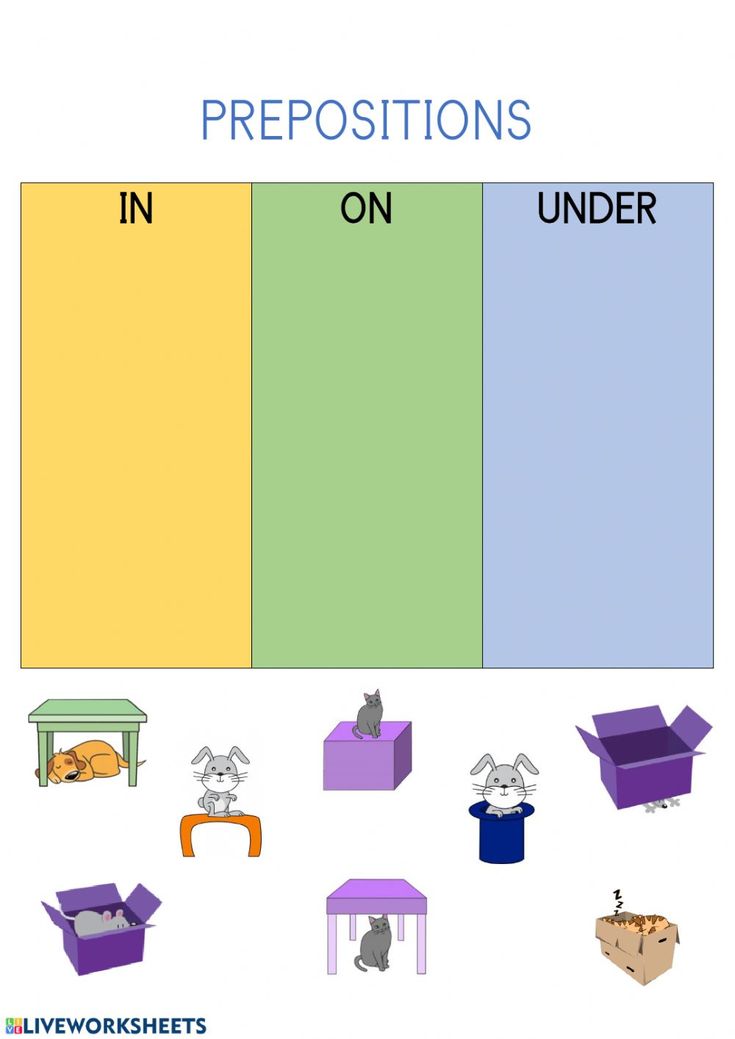 Therefore, when carrying out speech therapy work, various meanings of the same preposition
Therefore, when carrying out speech therapy work, various meanings of the same preposition
are clarified and differentiated. First of all, the children's understanding of the spatial arrangement of objects expressed by these prepositions is clarified.
Then we teach the children to mark the preposition with a clap in the row of “small words”.
Next, preschoolers are offered a task to understand the generalized meaning of the preposition: The vase is on the shelf. Where else can a vase stand? (On the table, on the window, on the chest of drawers, etc.)
The lessons include exercises to reinforce the correct use of prepositional constructions in speech, to compose phrases and sentences.
Due to the fact that it is easier for children with OHP to build a statement with visual support, we suggest compiling sentences using a visual aid consisting of two pictures and a preposition scheme.
The work involves the compilation of several sentences, since the pictures are placed on mobile rulers, and the scheme of the preposition changes.
Prepositions
Using the manual, the speech therapist conducts games: “Connect - do not make a mistake”, “Pick up a picture”, “Make a sentence”, “Correct the mistake”, etc.
These games require the selection of antonyms, synonyms , which contributes to the activation of the dictionary. Playing, children are happy to be included in the learning process.
Prepositional case constructions are difficult for preschoolers, their assimilation takes a long time. Games contribute to the child's awareness of the preposition as a small word that has an independent meaning.
Systematic work on the correct use of prepositions helps to correct the grammatical structure of speech and form the prerequisites for successful schooling in children with OND.
Literature:
1. Seliverstov V.I. Games in speech therapy work with children. - M.: Enlightenment, 1987.
2. Uvarova T.B. Visual-game tools in speech therapy work with preschoolers.